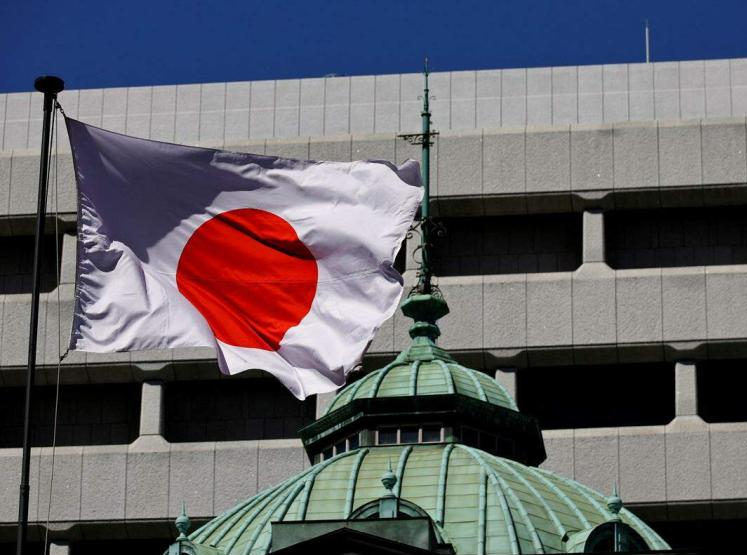
Japan is to issue a new type of floating rate bond to help investors mitigate the risk of rising bond yields. That suggests Japanese policymakers are laying the groundwork for further rate hikes.
Reuters reported on Wednesday (July 3) that sources revealed that the Japanese government is considering issuing two - and five-year floating rate bonds from fiscal 2026.
Most government bonds sold in Japan and elsewhere are typically fixed-rate, roughly tied to the cash rate at the time of issuance, and the Bank of Japan's long period of ultra-loose monetary policy means yields are very low.
The Japanese government has issued 15-year floating rate bonds in the past, and this is the first time it has issued short-term floating rate bonds. Short-term bonds are more vulnerable to shifts in central bank policy.
The sources said the BOJ would discuss with investors before coming up with specific details, such as the maturity of the bonds, the amount of money to be issued and how often the floating interest rate should be adjusted.
The Bank of Japan ended its negative interest rate policy in March. Kazuo Ueda, Bank of Japan governor, also recently hinted at the possibility of further increases in short-term interest rates. The BOJ also plans to publish a detailed plan this month on how it will cut its huge bond-buying programme and shrink its nearly US $5 trillion balance sheet.
Japanese government bond yields fluctuated Wednesday amid the uncertain outlook. The two-year JGB yield fell 1.5 basis points to 0.345% and the five-year JGB yield fell 1.5 basis points to 0.59%. The 10-year was down 0.5 basis points to 1.095 percent. The 20-year and 30-year yields both rose 1.5 basis points to 1.935% and 2.27%, respectively.
Yurie Suzuki, an analyst at Mizuho Securities, says there is high demand for bonds with shorter durations, given the interest rate risk.
A rise in Japanese government bond yields would increase the cost of financing the country's ballooning public debt, which at twice the size of the economy is the largest of any major economy.
The wide interest rate differential between Japan and other countries, thanks to ultra-loose monetary policy, has kept the yen depreciating. The yen plunged to a 38-year low against the US dollar this week, and the Singapore dollar recently broke through 119 against the yen.
Ipek Ozkardeskaya, senior analyst at Swissoire Bank, noted that the dollar-yen exchange rate is slowly approaching the 162 level, but that the risk of direct intervention limits short selling of the yen, which would otherwise be one of the most visible trades. For investors brave enough to buck the Bank of Japan's efforts to stem the yen's decline without addressing its underlying policy issues, any brief rise in the yen will be an attractive profit opportunity.

On December 29th, Mar-a-Lago in Florida, USA, witnessed a highly anticipated diplomatic meeting - a dialogue between US President Trump and Israeli Prime Minister Netanyahu.
On December 29th, Mar-a-Lago in Florida, USA, witnessed a h…
SoftBank Group announced on Monday that it has agreed to ac…
Recently, the US State Department issued a visa ban, adding…
On January 20, 2025, just 13 days after taking office, Trum…
On December 19, 2025, the U.S. Department of Energy, along …
The relationship between the Trump administration and the U…